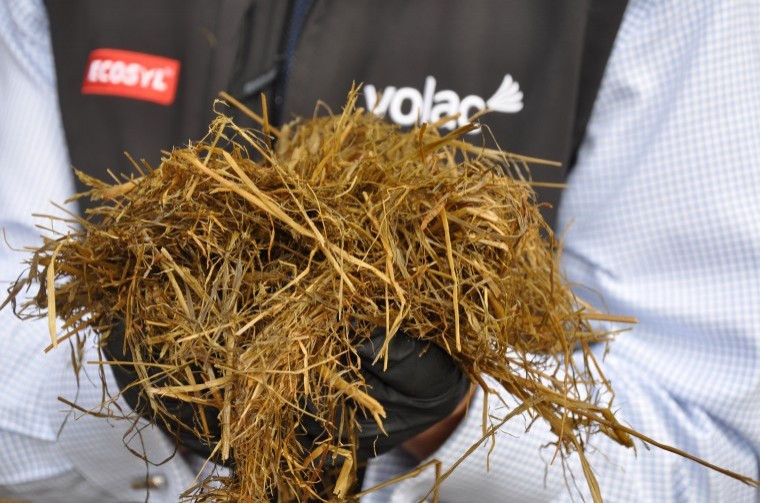According to Ecosyl product manager, Derek Nelson, while there are certainly reports of good grass silage this season, in other cases silage isn’t feeding as well as expected and energy and protein levels appear to be down. Conversely, where quality is there, quantity may not be, he adds.
While the late spring, which resulted in poor grass growth, may account for some of this, he believes that farm cutbacks in some aspects of grassland management and good silage-making have also played a part.
“Without doubt, cutbacks on fertiliser can impact on forage and silage production,” says Mr Nelson. “As, too, would cutting back on contractors, if it meant silage crops weren’t cut at the optimum time. And certainly if an effective silage additive was omitted, it would have left fermentation and nutrient preservation much more open to chance.
“If we are to genuinely make more from home-grown forage and reduce reliance on bought-in feeds, it will be vital to stop similar problems afflicting silage in 2017.
“The recent increase in milk prices is clearly good news, but if silage quality or quantity isn’t there, you’ll have to rely more on bought-in feed to take advantage of this.
“Obviously, nothing can be done about that for this winter. But it does all point to making the best possible silage next season. Feed prices, including imported feeds, can fluctuate. But good silage, once produced is Brexit-proof. However, it is important to put plans in place now to do the best possible job of making it, rather than leaving it until the last minute.”
As an example, Mr Nelson says if cutbacks were made on grassland re-seeding this year, there is an opportunity to re-seed in spring.
“Also, be honest and scrutinise the impact that cutbacks in other areas – such as on fertiliser and use of contractors– may have had on silage quality or quantity,” he urges. “Remember, if cutting was late, the digestibility of grass silage after heading falls by about 0.5% a day.
“When it comes to preserving the nutritional value of silage, look for a silage additive that’s proven. That means proven not just for fermentation, but also for subsequent effects – in particular, for reducing dry matter losses, maximising feed value and, ultimately, for increasing milk yield per cow.
“A lot of the recent milk price increases on some farms have been swallowed up by bought-in feed outgoings. If top quality silage had been produced, potentially more of that extra milk price could have been banked.”




